Returning to visit the river wharf, standing still and watching the water surface at the river junction, I was lost in memories. Ngan Sau, Ngan Pho, La River, the clear and calm water reflecting the clouds and sky of Ha Tinh, full of memories...
A corner of Tam Soa wharf. Photo: Nguyen Thanh Hai
Time is like a flowing stream that settles the silt. There are lands that, even though we only briefly meet them, even though we don’t stay there for long, still have time to leave an impression, still have time to retain a part of our soul. To me, that land whose name always resonates is so dear, so gentle: Tam Soa wharf!
I was able to return to the river wharf after 51 years of change. 51 years - a lifetime but it was still the same mountains and the same river, still the vastness of clouds, water, beaches, villages... I stood still by the river wharf, letting my soul return to the distant years. Here was Tam Soa wharf and there was Linh Cam bridge! Back then there was no bridge, the ferry across the river was a boat carrying vehicles and artillery, taking soldiers to fight the enemy, day and night plodding under the sky of bombs and bullets. Not far downstream from the river junction was the ferry wharf.
Every night, the ferry crossing the La River was bustling with footsteps. Troops laden with backpacks of guns and ammunition, disguised, quietly crossed the Van Ru ferry on the Lam River side, across the fields on the "nine South" side to Duc Truong (present-day Truong Son commune) to the La River. The La River was clear and peaceful, the dike was lush with grass. The sandbank where the ferry crossed was gently sloping and smooth like velvet in the night. The ferry was bustling, the clanging of metal, the calling of each other, the giggling of laughter combined to create the music of the time when the country was optimistic about the battle. Nghe accents, Thanh accents, Hanoi accents, Thai Binh accents... fellow countrymen met, asked each other about family and home... The bottom of the boat touched the sandy shore, the hurried footsteps, the panting breaths, the hasty handshakes, the waving hands saying goodbye, the sparkling smiles under the brims of their hats suddenly disappeared into the night.
That day, I was on duty on the battlefield, every day watching the sky bandits serving the battles to fight back the enemy planes. In my pure and innocent youth, I had not yet fully felt the sacred atmosphere of the land. I could only tell myself to dedicate my youth to the fight against the Americans, and to concentrate on completing the mission. The battalion was assigned to protect Linh Cam ferry and Tho Tuong railway bridge. The two targets the enemy focused on were extremely fierce. Every day, on duty, I looked out in all four directions: to the East was the towering Ngan Hong range, circling to the North was Dai Hue mountain, then Thien Nhan mountain, to the Southwest was Giang Man mountain, and in the distance was the Ngan Truoi range shrouded in mist and smoke. A mountain arc, on one side Nghe An, on the other side Ha Tinh. A weak area, a narrow strip of windy Central land of loyal and brave sons, gathering young men from all regions determined to protect the vital routes. Every time the enemy planes sneaked in from ships to attack, they always followed this arc, circling and hiding. Groups of planes lurked in the clouds and mountains to suddenly swoop in.
The firepower positions were spread out on the hills surrounding the crossing. The cannons were stalking the camouflage leaves, turning their sights and directions. The gunners with shiny helmets rushed out from the huts covered with camouflage leaves every time the alarm was sounded. The battalion command post was sometimes on the dike next to the river, sometimes moving to the middle of Duc Phong field. Enemy planes flew morning, noon, and night. They flew horizontally, vertically, low, high, acrobatically, attacking vehicles, bridges, ferries, and reacting to the battle positions. Flying by dropping bombs, diving to drop bombs. Lasers were used to let the bombs follow and rush into the battle positions. Blockbuster bombs, cluster bombs... Bombs exploded on the hills, bombs exploded in the river, bombs exploded on the battlefield... bombs fell like rain, the battlefield was covered in fog and comrades fell... The afternoon rain poured down, bringing comrades back to the ground, the people walked slowly and silently, bowing their heads in the middle of the field, their hearts filled with love and anger.
We lived in the love and care of the women in the land of the river junction. Every time the battlefield opened fire, every time the enemy bombs fell, the people clung to the bamboo banks and watched anxiously. Many times, when the smoke of the bombs had not yet cleared, the women rushed to the battlefield to supply drinking water, treat the wounded, and bring the dead to the rear. The battlefield was dark, the gunners' faces were blackened by smoke and fire, quickly cleaning bullets, cleaning the gun barrels, and changing camouflage leaves to prepare for the next battle.
Returning to the river wharf, standing still and watching the water at the confluence of the three rivers, I was lost in my memories. Ngan Sau, Ngan Pho and La rivers had clear, calm waters reflecting the clouds and sky, reflecting the mountains and hills. The villages, corn banks, sugarcane, peanuts, beans... were lush and green in each season. Duc Tho, Huong Son, two regions famous for their beautiful girls. The girls of Huong Son and Duc Tho had white skin and long hair, perhaps because the water from the source was cool and clear, perhaps because the mountains and rivers were fragrant?
Both banks of La River. Photo: Huy Tung
Duc Tho town today is like a young man in his prime. The streets are straight and wide. The intersections are crowded with people and vehicles, restaurants, supermarkets... making me feel lost. Looking down from the new Tho Tuong bridge across the La River, the central town of the district today has a modern beauty. The beauty of the time when the country was renewed and full of vitality but still dreamy like the girl of the La River who in the afternoon went down to the river bank with her hair down, making us gunners nostalgic.
I walked along Son Bang, Son Chau, Son Pho... I walked along the right bank of the La River dike but could not find the headquarters of that day. Now wherever I go, I see majestic houses, solid concrete roads, flower beds, and well-tended gardens. The La River dike has been expanded and solidly built.
Right along this dike that day, after each battle, I had to move, I had to grope in the night to spread ropes down to the battlefields, wading through the fields and lakes. The naughty girls of Duc Yen and Duc Phong often used the excuse of tea to torment the signal and reconnaissance soldiers. The loving mothers and sisters took care of me and called me to drink tea, eat peanut candy, persimmons, oranges... The battalion command post was on the dike, that afternoon Battalion Commander Tran Kha waved the flag. His strong, angular face, his fiery eyes, his towering figure carved a monument into the sky - a monument to the bravery and determination of the anti-aircraft artillery troops to fight the enemy. I could not find the location of the command post in the middle of the field. Now, no matter where I look, there are streets, there are roads. Wide roads, rows of trees, sections of streets...
Panoramic view of Quan Hoi hill and the tomb of the late General Secretary Tran Phu.
I visited the great physician Hai Thuong Lan Ong. The tomb and memorial area of the great physician are all surrounded by forests, hills, mountains and peaceful waters in the fragrant Huong Son mountain area. I returned to the tomb of the late General Secretary Tran Phu. The land of Tung Anh - Duc Tho gave birth to an outstanding son. Looking down from the high hill where the late General Secretary rests, the Tam Soa wharf appears vast.
Tam Soa Wharf, the confluence of the two rivers Ngan Sau and Ngan Pho. The Ngan Pho River flows down through Son Kim, Son Pho... of Huong Son. And the Ngan Sau in the South flows out from Ngan Truoi through the Giang Man range of Huong Khe. I was lost in my thoughts about the legendary mountains and rivers, the land where spiritual energy gathered and gave birth to many heroes who made the country and homeland famous, the place where many famous families gathered, such as Dinh Nho, Nguyen Khac...
The river junction, right here, that day we pulled out our artillery to respond to the call of the battlefield. Crossing Linh Cam ferry, we marched in a rainy night. Son Bang, Son Chau, Son Pho... We left, leaving behind the sacred land still resounding with the sound of artillery and bombs, leaving behind Dong Loc junction, Khe Giao, Lac Thien junction and many village names, mountain names, river names. We left, leaving behind many figures, many loving eyes of mothers, sisters... and even the eyes of beloved daughters...
"...Oh, the sky is not as blue as the sky of Can Loc
The water is as green as the La River.
Whoever comes back to my hometown Ha Tinh, do you remember, do you remember the eyes... Oh... oh..., the girl from La River, eyes as clear as jade, a few drops of La River water, as lovely as the sky of my hometown...”.
It has been a long time since I left La River, but this song still resonates in me. La River, the soft, fragrant silk strip, is forever in me. La River, Ngan Sau, Ngan Pho, the three-river junction has left its mark on the vastness of clouds, mountains, earth and sky. The water surface of the three-river junction reflects the red sunset, the red of bomb fire, the red of lights even on nights when enemy planes circling and bombing the Linh Cam ferry terminal.
November 2023
Nguyen Ngoc Loi
Source


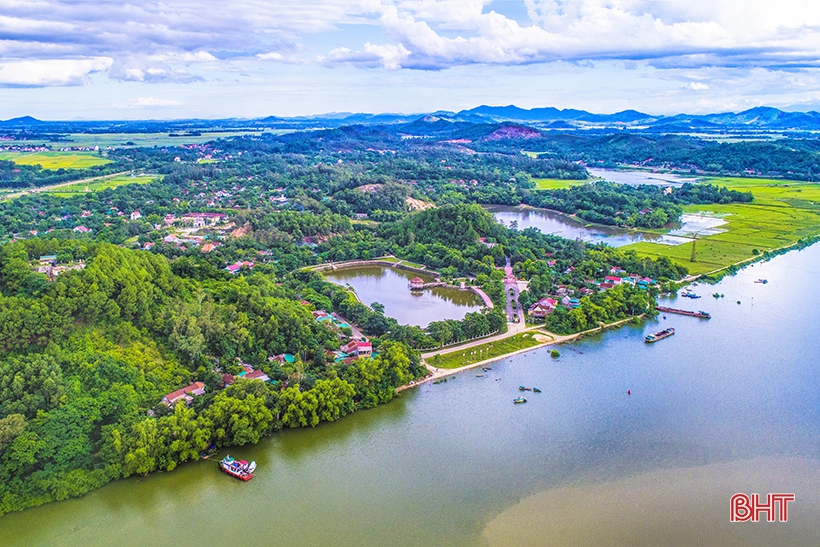
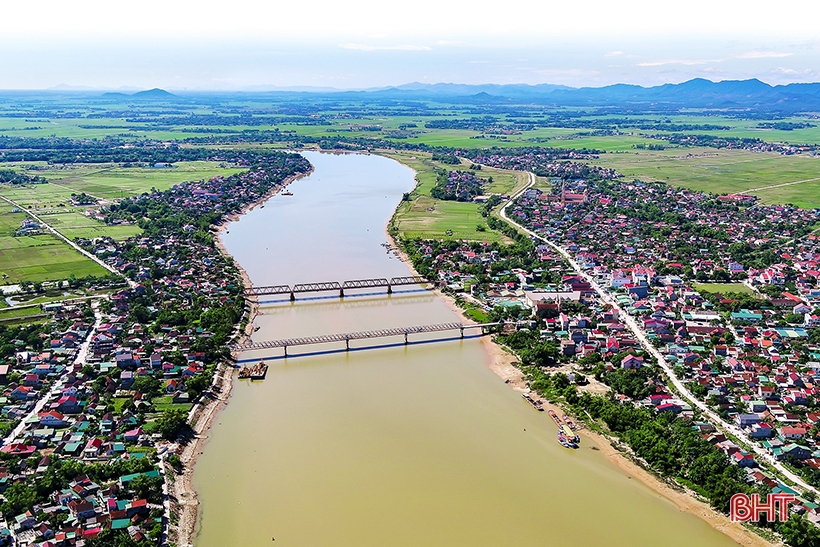
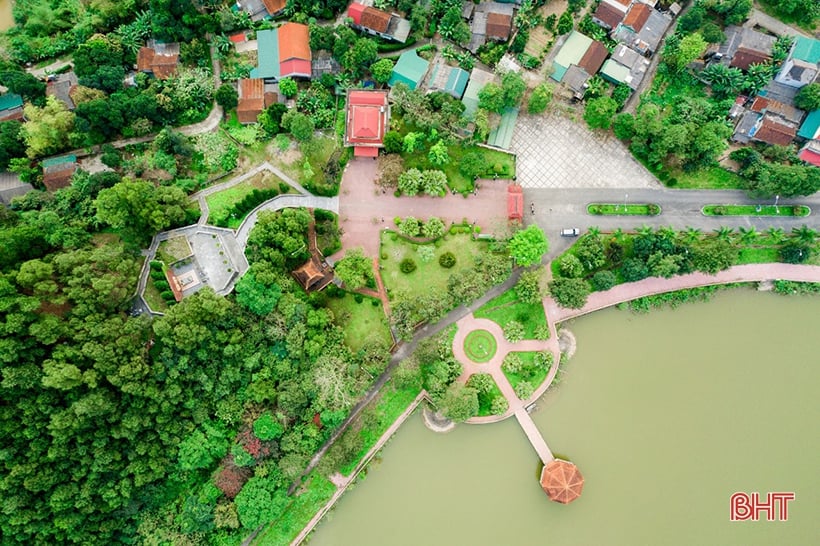






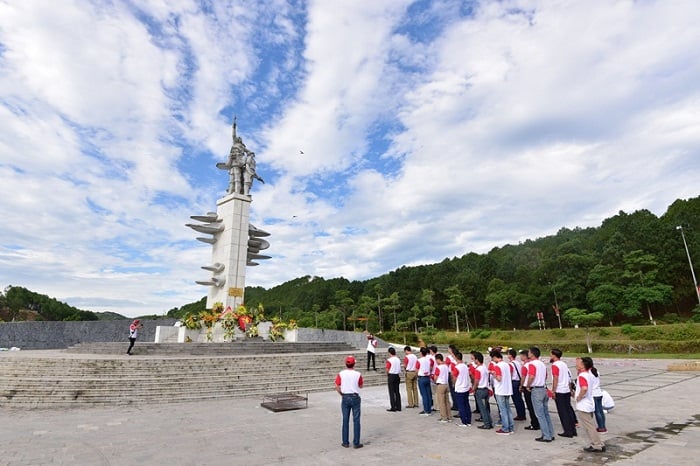
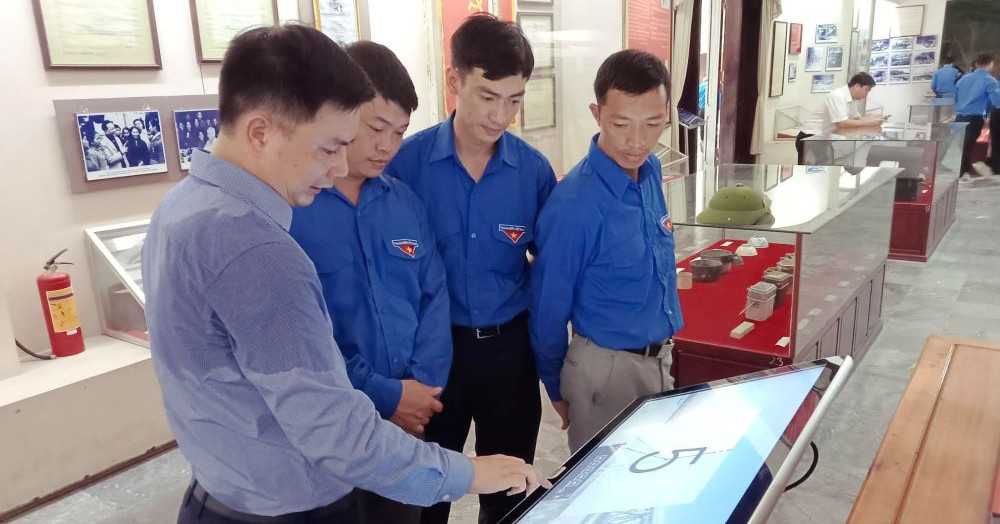

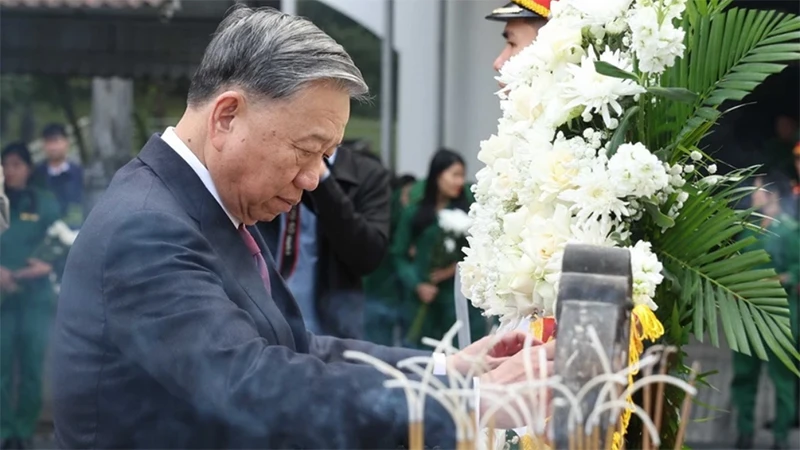


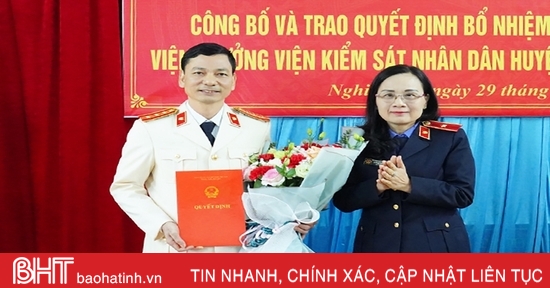
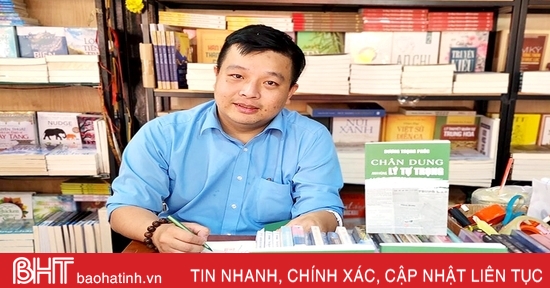






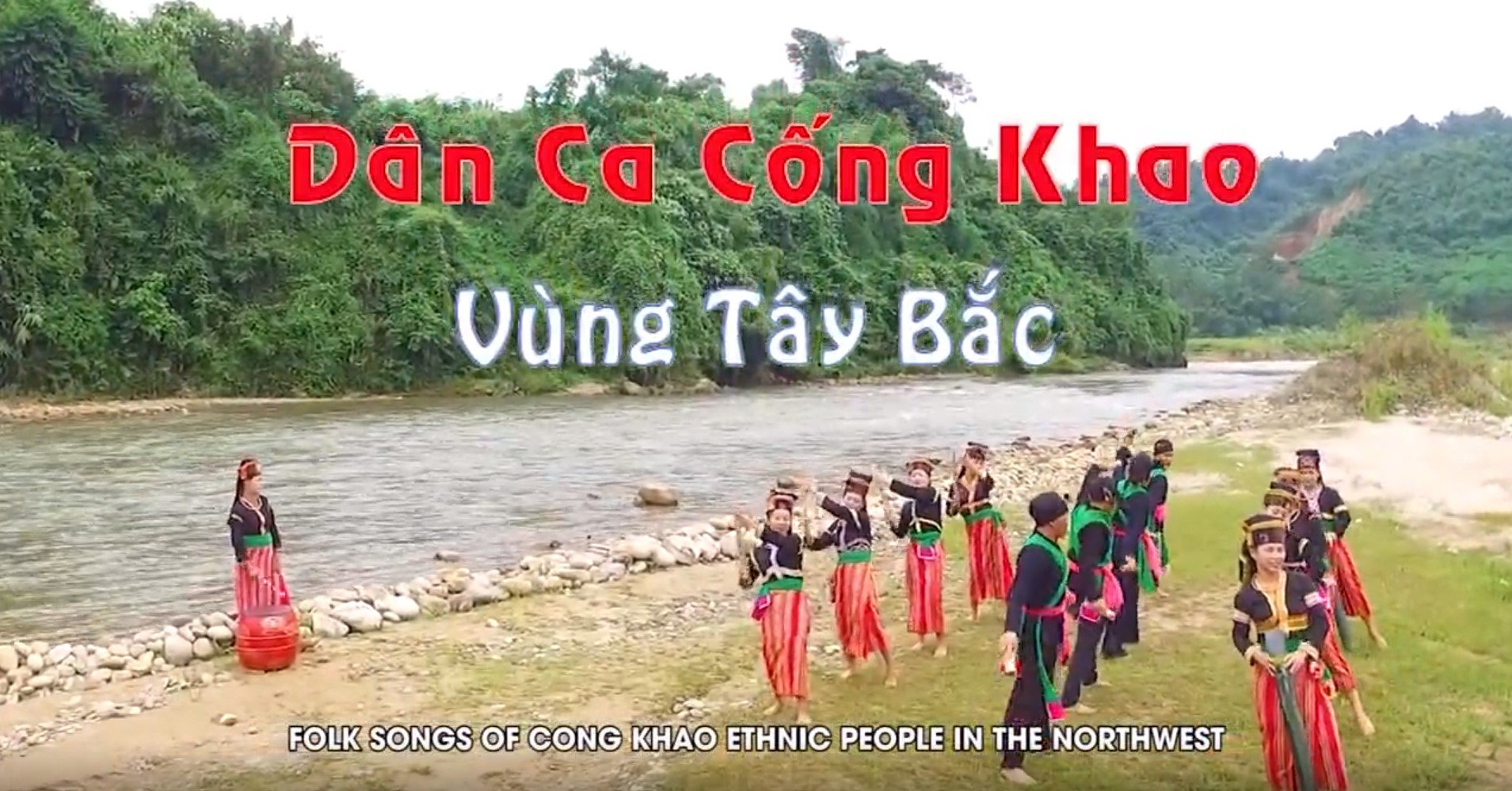
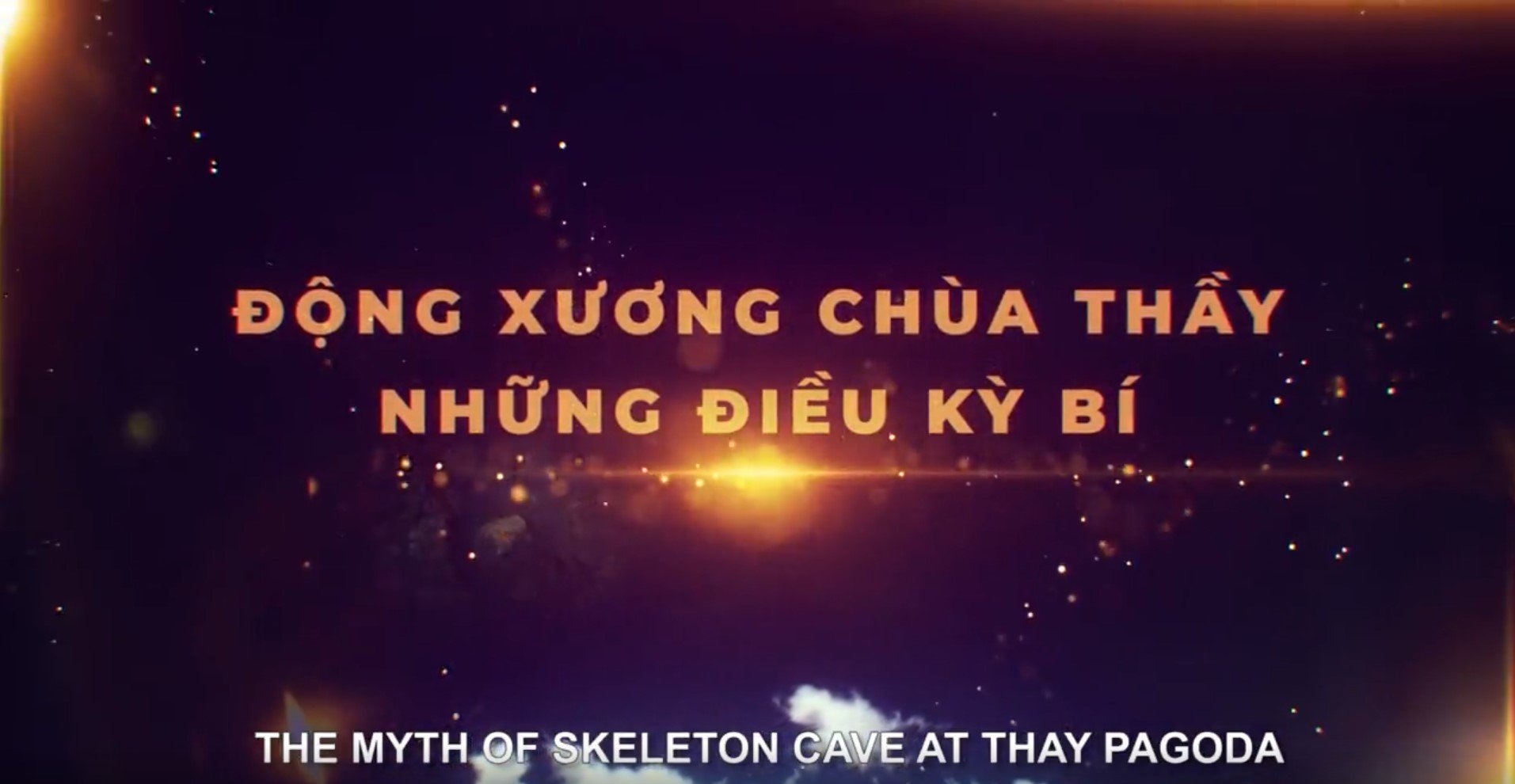











Comment (0)